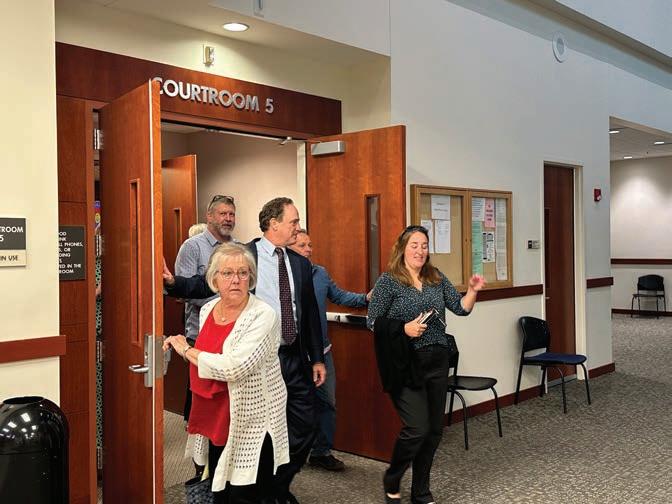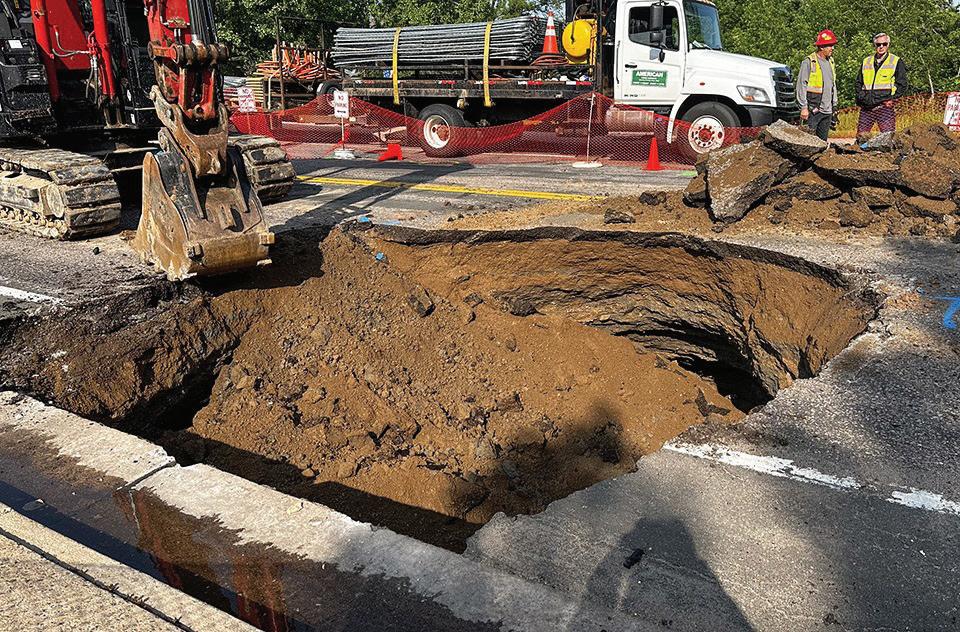
8 minute read
Repairing the sinkhole on Jackass Hill Road will take “many weeks,” according to the City of Littleton.
Jackass Hill Road closed indefinitely due to sinkhole repairs
BY NINA JOSS NJOSS@COLORADOCOMMUNITYMEDIA.COM
e City of Littleton has closed Jackass Hill Road inde nitely as they conduct repairs on the sinkhole that collapsed under a moving car on June 12.
e city’s public works department learned that the sinkhole, which is located on Jackass Hill Road north of West Mineral Avenue, was caused by the collapse of a corrugated metal culvert under the roadway, Public Works Director Keith Reester said. A culvert is a tunnel that allows water to pass under a road or railroad.
As additional rain fell over the course of June 12, a second culvert in the same area partially collapsed, according to a June 14 press release.
“ ere’s two 48-inch pipes underneath that road and they were installed in 1985,” Reester said. “ e joint just failed, and that happens. It’s an unusual amount of water for us, this much moisture … it’s all of us in the Front Range who are dealing with it.” e city is working with a water infrastructure group called C&L Water Solutions to repair the roadway. Because the city was already planning to replace the culverts with larger, reinforced concrete pipes as part of the Jackass Gulch Master Plan and the Mineral Mobility Improvements project in 2024, they decided to move forward with permanent replacements instead of temporary solutions.
“We could have gone the route of just, you know, putting … a temporary repair in there and then we would have had a detour placed again next summer,” Reester said. “We made a determination that wasn’t the best choice, so that’s why we’re going to really hit it hard right now to resolve the problem.”
Reester said the city started putting extra attention toward asset management some years ago to assess where the city’s structures are vulnerable and where the highest risks are so they can tackle those issues. Part of this plan included strengthening and increasing the size of the pipes under Jackass Hill Road to make them better equipped to deal with a major stormwater event. Seizing the sinkhole as an opportunity to be e cient, C&L Water Solutions will replace the tunnels with two 66-inch-diameter concrete culverts. e replacement will begin the week of June 19. e estimated timeline for the repair project is unknown, according to the press release, but it is likely to take “many weeks.” ere is a pedestrian and bicycle detour route along the Railroad Spur Trail to the west of Jackass Hill Road and through the streets in the Palisade neighborhood, the press release says. Workers will also install a chain link fence to enhance the safety of the immediate area. ere will be full closures of Jackass Hill Road at Mineral Avenue and at Curtis Court/Jamison Way for several weeks, the city announced. e city asks motorists and pedestrians to avoid the area as the situation is evolving and the sinkhole may continue to grow and remain unstable. e city is not concerned about more sinkholes occurring, Reester said.
“We were fortunate that C&L was able to locate some of those pipes because normally they take about two to three months at a minimum for fabrication,” Reester said.

Reester said the city is still working with C&L to gure out the total costs of the project.
In addition to the sinkhole on Jackass Hill Road, Reester said there is a sinkhole in a natural area in Littleton that requires a pipe replacement, but it is not an area that will impact the public.
“Just like in any rainstorm, we know the areas where it’s most likely to get excessive ponding or something because of the stormwater infrastructure,” he said. “As we’ve had this unusual amount of moisture, our team has taken the steps to check in on those places that we know probably have the highest vulnerability so that we can make sure that that’s not out there.”
Arapahoe County is hosting hot breakfast stations at the Arapahoe Road Trailhead in Centennial and along the Mary Carter Greenway in Littleton.

Find out more and plan your route: arapahoegov.com/biketowork
Supporting older adults
The Arapahoe County Council on Aging (ACCoA)advocates for the older adults in our community by supporting funding opportunities and promoting programs and services for our residents.
Check out upcoming events and programs at accoa.info.

JOIN
June 30, 2023 | 10 a.m.–4 p.m.
Arapahoe County Fairgrounds East Hall
Veterans and those currently serving in the military, bring your families to the Stand Down event. There will be food, resources, a job fair, and more. Scan the QR code with your smartphone for details.
Questions?
number uctuates through the years, Damisch said.
As of early June, his o ce had received about 28,000 appeals, but Damisch expects the number to total more than 30,000, as the deadline has passed but lings still trickle in by mail. at number dwarfs the next-highest year for appeals in Douglas County — roughly 13,500 in 2009, according to Damisch.
In Arapahoe County, this year’s appeal rate was more than three times the next highest appeal rate in the past decade, which was about 9,000 in 2019.
Possible relief
In Douglas County this year, the “vast majority of appeals” are for residential property, said Damisch, who didn’t know the exact percentage as of June 16.
Assessors’ o ces are working in the coming weeks to nish processing thousands of appeals. And many property owners may see some measure of relief.
In rough early numbers, so far, the Douglas County assessor’s o ce sta are adjusting and thus decreasing value for about half of the appeals, Damisch said.
In the past, “we’ve adjusted between 25% and 40% of appeals” in any given year, Damisch said.
He added: “ at’s a huge range, and that has a lot to do with current economic conditions.”

“We’re taking a more light-handed approach to our appeal reviews this year, and if we nd there’s evidence to lower the value, we’re going to do that. It’s a slightly di erent approach” than in previous years, Damisch said. “We’re more so than ever before looking for: Is there cause to adjust the value downward?”
He’d be surprised if his o ce ends up adjusting below 40% or above 60% of appeals given how the process has gone so far.
In Arapahoe County, 92% of appeals at this point are for residential properties.
Kaiser’s o ce, still processing many appeals, could not yet provide numbers on how many have resulted in lower property values.
What decides an appeal
So how much relief could the appeal process give homeowners?
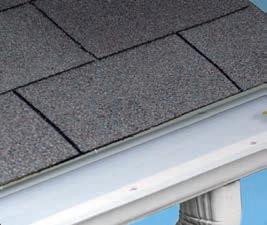
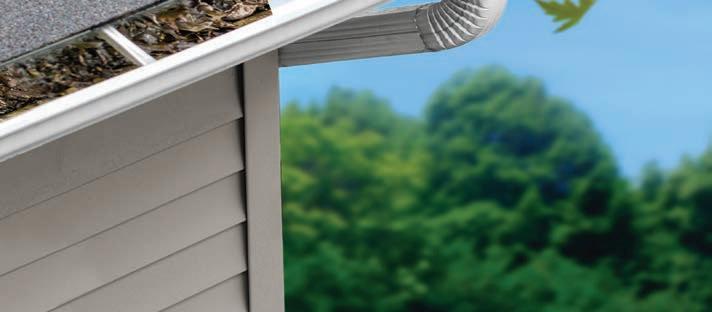
Typically, when an appeal succeeds, the Douglas County Assessor’s O ce decreases a property’s value by 5% to 10%, according to Damisch.
But that amount varies widely.
A successful appeal can stem from something small: e assessor’s o ce could have some characteristic wrong, like incorrect information about the deck of a house. Other wrong information in the records could relate to the bathroom count, square footage or garage, Damisch said.
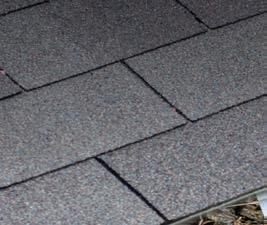
Kaiser said his o ce considers several factors when a property value is appealed, including errors in lot size, age and condition.
Assessors’ o ces use what are called “mass appraisals” because there are so many properties in a county and limited numbers of workers to analyze them.
at means the assessor’s o ce looks at properties built around the same time with a similar construction style, location, size, age and amenities. It uses an algorithm to help value them.
“State law requires assessors to use sales (information) to value residential property,” said Sakdol, the Colorado Assessors’ Association director and a former Arapahoe County assessor. Data from property sales are used to value all the unsold properties, Sakdol said.
For some appeals, the assessor’s ofce may nd that the valuation model used for the mass appraisal just doesn’t work for the property.
Take, for example, a neighborhood that contains mostly two-story homes and a handful of ranch-style homes, but imagine that none of the ranch homes sold in the period of data the assessor’s o ce examines.
“Maybe that model didn’t value the single-story ranches very well, and so we have to go in and adjust,” Damisch said.
Perfect storm e assessor doesn’t set the tax rate but determines the value of the property that the tax rate then gets applied to. Local government entities like counties and school districts set the tax rates. Property tax rates are o cially called “mill levies.”
County assessors’ o ces are tasked with establishing accurate values of homes and other properties to determine how much property owners will owe government entities in taxes — a process meant to ensure that the amount of taxes people pay is fair and equitable.
Counties are required by Colorado law to revalue properties every two years, according to Sakdol.
Another culprit of this year’s perfect tax storm: e recent repeal of the Gallagher Amendment, a former part of the state constitution.
Colorado voters in 2020 repealed the Gallagher Amendment, a policy that prevented residential property tax bills from getting too big. But when combined with the e ect of the Colorado Taxpayer’s Bill of Rights, it strangled local government budgets, e Colorado Sun reported.
(Along with the property value and the property tax rate, a number called the “assessment rate” is another factor that helps determine how much in property taxes a person owes. With the Gallagher Amendment gone, the state legislature sets the assessment rate.)
If Colorado voters had not gotten rid of the Gallagher Amendment, the tax landscape this year would be much di erent, Sakdol said.
“We wouldn’t be in a panic of our property taxes going up substantially because the assessment (rate) would fall much lower, which would keep our property taxes somewhat in check to previous years,” Sakdol said. e rub with the Gallagher Amendment was that for rural counties, where property values haven’t gone up as much as they have been on the Front Range, the property tax equation meant rural government entities faced reduced revenue that a ected their services — a problem Sakdol acknowledged.
One proposal that has popped up in the past: having di erent assessment rates for di erent regions of Colorado.
“So you’d have the Gallagher Amendment (policy) … they would run the same numbers as Gallagher requires,” but the assessment rate might be higher in Sterling as opposed to Denver, Sakdol said.
How Colorado compares
Although homeowners are concerned in Colorado about a hike in property tax bills, Colorado is “on the low side of property taxes throughout the United States,” Sakdol noted.
Nationally, Colorado has relatively low residential property taxes, according to an analysis by the conservative Tax Foundation. Colorado ranked 47th in property taxes paid as a percentage of owner-occupied housing value in 2020, according to the foundation.
“But now that we have removed the Gallagher Amendment, I think we’re going to see that come up. I don’t think we’re going to be in that lower category anymore,” Sakdol said.
“It’ll probably be another year or two before we see” where Colorado falls in a national ranking on property taxes taking into account the Gallagher repeal, Sakdol said.
And while businesses pay more, their taxes still appear to be lower than the national average, according to e Colorado Sun. Colorado had the 17th best “State Business Tax Climate” for 2020, according to the Tax Foundation. Colorado had the 14th best “property tax rank” for businesses in 2020, according to the foundation.
Douglas County School Board members Becky Myers, Mike Peterson and Christy Williams leave a Douglas County courtroom on June 12 with their attorney, Geo Blue. The school board members faced allegations they violated open meetings law, and a judge found they did.
